2023 © Copyright – Topvision Eye Specialist Centre (KKLIU 1368/2024 – Expiry Date 31 December 2026).
Web Design & SEO by Nuweb
Refractive error is when the eye does not bend (refract) light properly, resulting in blurred images.
Hyperopia (far-sightedness) – distant objects look somewhat clear, but close objects appear more blurred
Myopia (near-sightedness) – close objects look clear but distant objects appear blurred.
Astigmatism – Objects both near and far appear blurred.
Amblyopia is commonly known as lazy eyes. It occurs when one eye sees normal and the other eye sees blur. However, the brain only processes the normal view and ignores the blur view.
Amblyopia is best treated as early as possible, between 4 to 6 years old, while the visual pathways in the brain are still developing. A thorough eye examination with an ophthalmologist will help early detection and ensure treatment success.
Squint, commonly known as “crossed eyes” happens when both eyes are not straight. The eyes do not move together and may appear crossed at times. The other eye will appear turned out, up, or down from wherever the first eye is focused. Children with squint may also experience depth perception loss, double vision or vision loss.
Be it eye exams, treatment or surgeries, our team of Ophthalmologists are ready to help you. Contact us today!






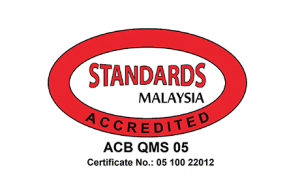
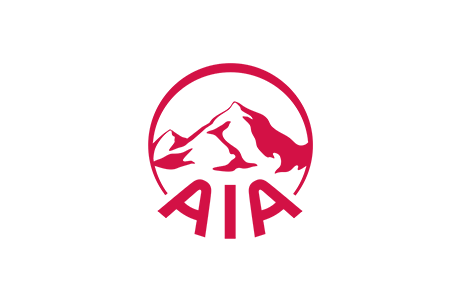


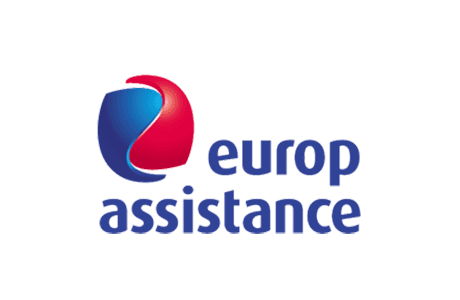

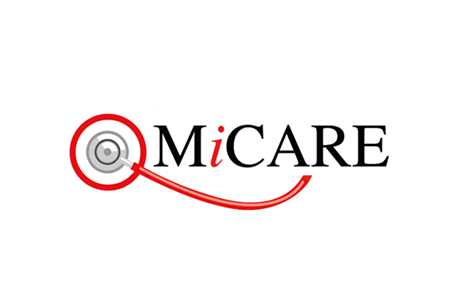
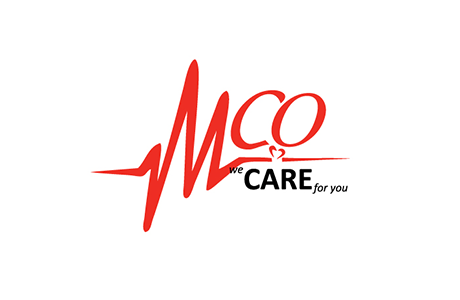


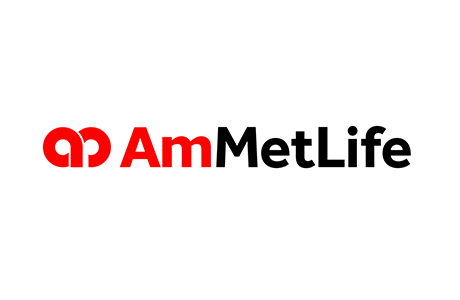




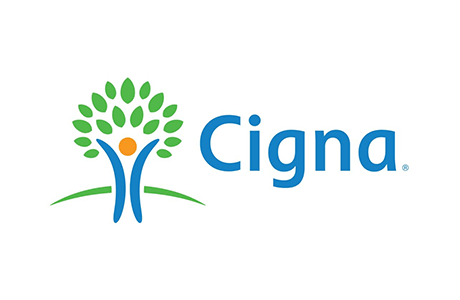
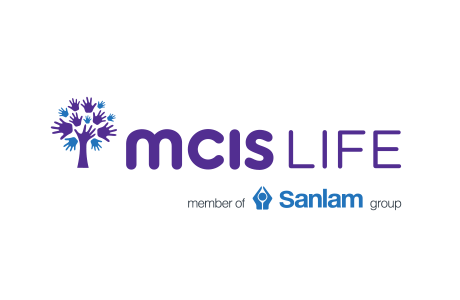

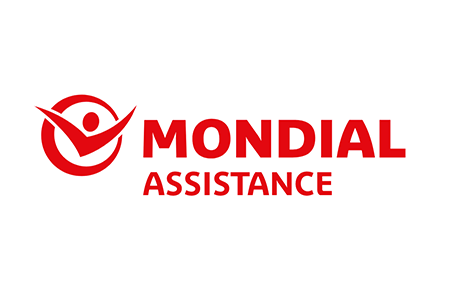



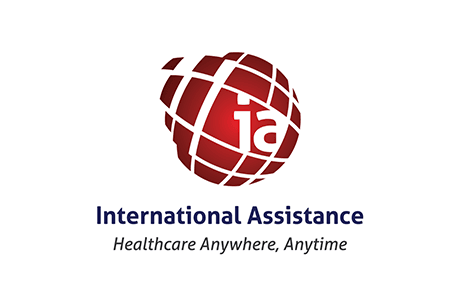
2023 © Copyright – Topvision Eye Specialist Centre (KKLIU 1368/2024 – Expiry Date 31 December 2026).
Web Design & SEO by Nuweb